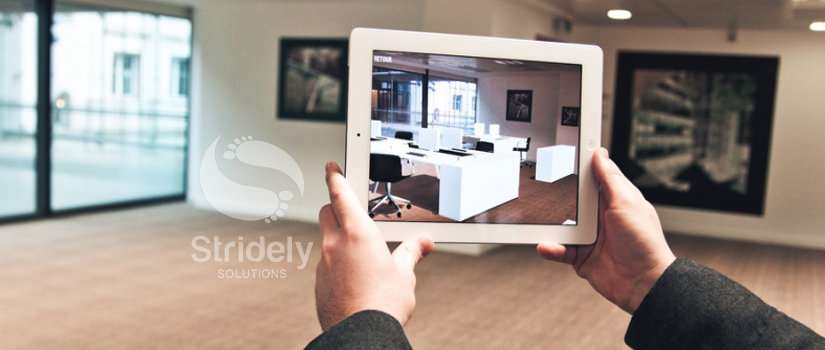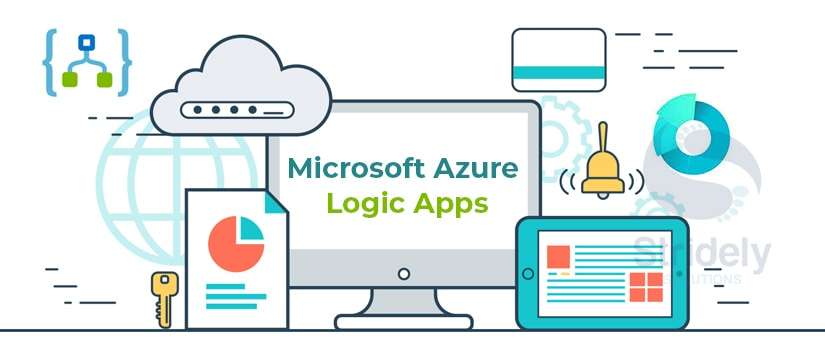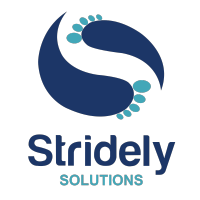Style-aware Product Recommender Engine and How Can it Help Interior Designers?

Many of us think that interior designing is just placing few artifacts here and there, changing the paint, and using color-coordinated upholstery. But, the reality is exactly reverse from this. It involves taking multiple experts’ advice, aligning them with the clients’ needs, and coming up with a viable design.
A Detailed Overview of How SAP Conversational AI Chatbot (SAP CAI) Works?

For beginners, SAP Conversational AI is a high-end chatbot building tool using which end-users can develop high-end conversational agents in the business application and provide timely assistance. A highly tech-infused web-based interface is offered for this task.
Discovering the Significance of Microsoft Power Platform in Driving Business ROI

There is hardly anyone that can turn down the efficacy of Microsoft Power Platform in leveraging the business success and transforming the ROI. With the help of three highly notable solutions, Power App, Power BI, and Power Automate, Microsoft Power Platform and enabled businesses of the sort to attain real value and reap multiple benefits.
Microsoft Azure Logic Apps: Everything a Business Needs to Know

Microsoft Azure Logic Apps are designed to facilitate individuals with a mechanism for easy workflow application and integration in the cloud system. Besides, it also eases workflow configuration for visual designers. The inbuilt enterprise integration connectors allow individuals to handle the workflow by leveraging logic creation and connectors.

